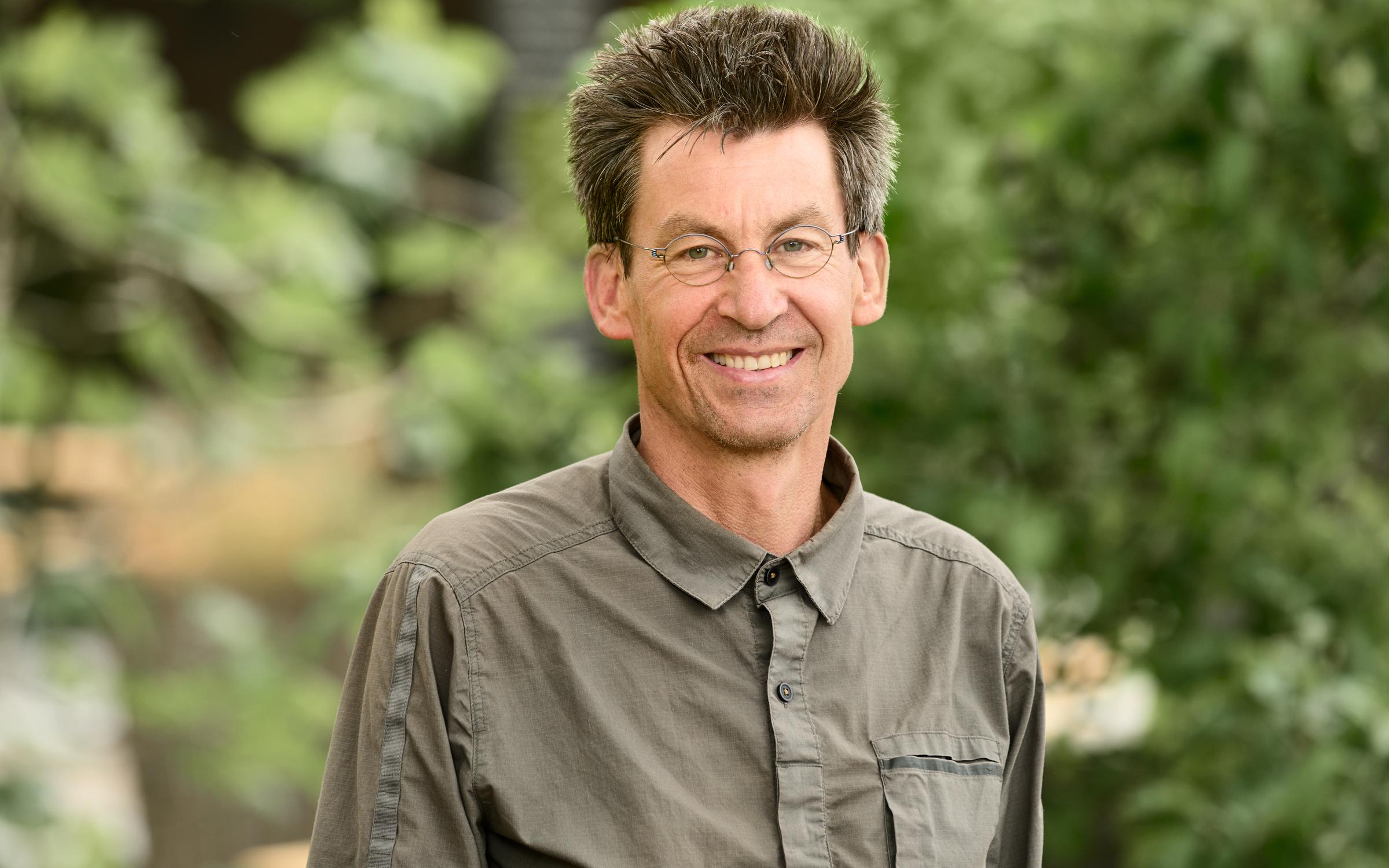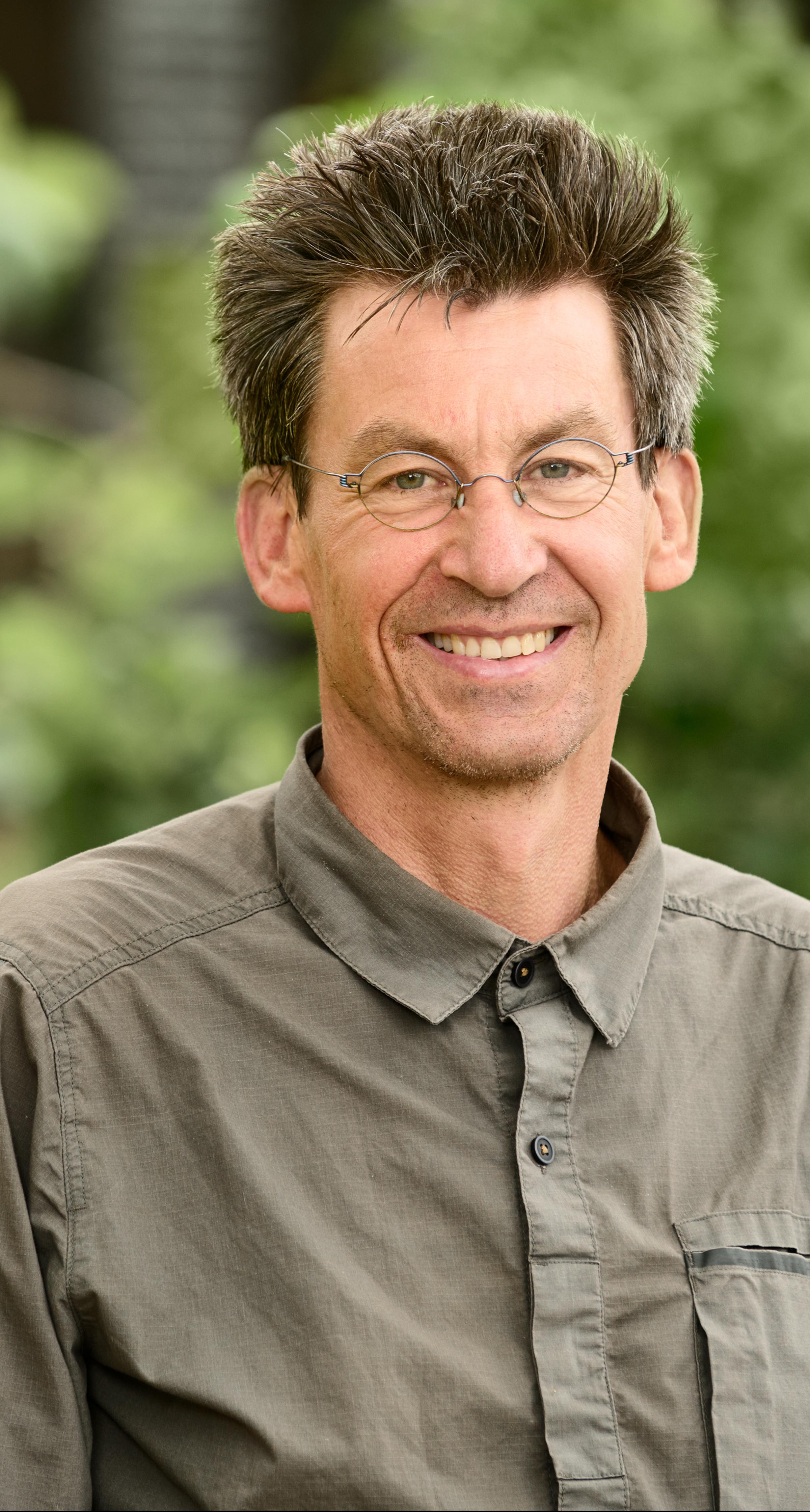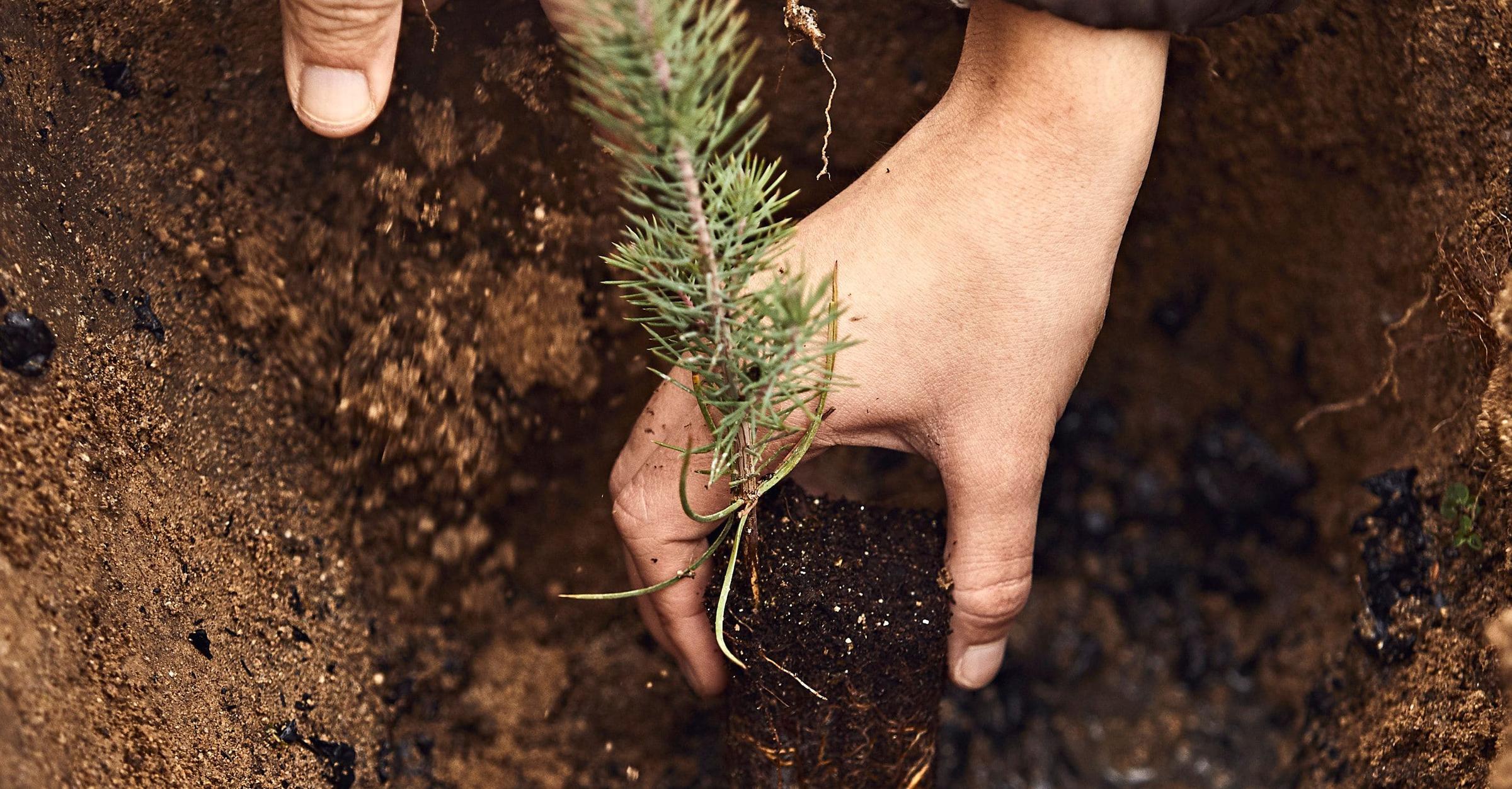Q&A with Land Life's dedicated Director of Science, Professor Koen Kramer
Professor Koen Kramer decided he wanted to be a biologist before he was 10 – and never looked back. Decades later, after shaping forest science and climate policy across Europe, he’s leading Land Life’s scientific vision. His mission? Make sure every tree we plant is the right one, in the right place, for the right reasons – so our forests deliver real, lasting impact for the climate and for nature.
1. Can you tell us a bit about your background? What led you into ecological science, and eventually to Land Life?
I’ve wanted to be a biologist since I was about 8 or 10, and never really considered anything else. In my teens, I was already doing bird inventories across the Netherlands and abroad and trying to identify every plant species I could. During my biology studies, I developed a strong appreciation for math – not just as a tool, but as a scientific language to understand ecosystems at a deeper level.
My PhD research in the 1990s focused on modeling how European trees and forests might respond to climate change. That set the tone for the rest of my career. Since then, my research and teaching have revolved around forest ecosystems, ecological modeling, and climate change – everything from detailed genetic and physiological models to large-scale simulations that include forest fires, herbivores, droughts, and soil nutrient cycling.
A lot of that work was aimed at helping Dutch and European policymakers shape regulations for climate mitigation and forest adaptation.
Joining Land Life was a chance to take all those years of research and turn them into real-world impact – using science to actually restore degraded land.
2. How long have you been working with Land Life and how has your role evolved over time?
I joined Land Life in 2018. Back then, decisions about where and what to plant were mostly made from Amsterdam, without the tools or data we have now.
Our carbon modelling tool FastTrack didn’t exist, and we had no access to forest inventory data. Our Resilience team was small, and we had to move fast – once a site was selected and a contract signed, our Delivery Team had to start preparing immediately to avoid missing a planting season.
At the time, we didn’t have Carbon Capture Projection Reports (CCPRs). But we still needed preliminary carbon estimates to guide decisions and communicate with customers. That led to the creation of FastTrack, a model designed to quickly produce accurate, site-specific carbon capture projections.
Transparency was key. Customers needed to understand not only the numbers, but also how and why they might change as new data came in. That’s what led to the development of the CCPRs.
As the company grew, each geography got its own resilience engineer –scientists with strong local ecosystem knowledge. That shift allowed me to step into a supervisory role, where I now provide guidance on a wider range of topics, from statistical design for monitoring to biodiversity analysis.
I really enjoy mentoring smart, driven young professionals. And through our involvement in major European projects like SUPERBOpens in a new tab. and INTERCEDEOpens in a new tab., I’ve also been able to help our team build strong scientific networks. That’s not just good for their careers – it ensures Land Life stays plugged into the latest research in forest and nature restoration.
3. Is it unusual for a reforestation company or carbon project developer to have a dedicated Director of Science? Why does Land Life make this a priority?
Yes, as far as I know, Land Life is unique among private forest and nature restoration companies in having a dedicated Director of Science. That sets us apart in a market that’s still evolving and often lacks clear standards for carbon capture projections and monitoring.
Having a scientific lead ensures that our carbon projections are locally grounded, transparent, and methodologically sound.
We don’t rely on generic, satellite-based black-box models that ignore key variables like tree species and planting density. Instead, we use local data to make accurate, site-specific projections. That means we can be confident that the species we plant are the right ones for the conditions – and we can clearly explain to customers how our forests are expected to grow over time.
Field monitoring is another area where science matters. It’s surprisingly difficult and expensive to gather high-quality data from remote, diverse landscapes.
My role is to design sampling strategies and statistical analyses that balance scientific rigor with practical constraints. We aim to meet the standards of crediting bodies like VCSOpens in a new tab., while keeping monitoring cost-effective and reliable.
Another thing that sets Land Life apart is our management of the entire chain – from land access to planting and verification. Every step involves critical decisions that need a strong scientific foundation: assessing land suitability, selecting species, designing planting layouts, projecting carbon, and monitoring impact.
I provide guidance and training across that whole chain. Without science, there’s no way to ensure these projects are truly successful – and success is what our partners and customers rely on.
4. What’s one innovation or scientific development you’re most proud of since joining Land Life?
FastTrack stands out as a major achievement: a transparent, site-specific, globally applicable carbon capture model. It’s been published in a peer-reviewed journal and is setting a new standard in the industry. That alone would be something to be proud of.
But what I’m most proud of is the broader innovation we’ve achieved as a team. Together, we developed a Remote Sensing Dashboard, a Carbon Modelling App, a Monitoring App, and the Science Admin. These tools are now close to being fully integrated – creating a robust system supporting every stage of decision-making in forest and nature restoration.
It not only sharpens scientific accuracy – it enhances speed, transparency, and scalability. And I believe it has real commercial potential as well. Being part of the team that built this from the ground up has been incredibly rewarding.
5. What’s the biggest scientific challenge in large-scale restoration today and what gives you hope?
The biggest scientific challenge in large-scale restoration projects – spanning tens to hundreds of thousands of hectares over many years – is integration. At this scale, the operational demands are immense, but so are the scientific opportunities.
Large-scale projects allow for things we simply can’t do at smaller scales: building dedicated nurseries that produce climate-resilient species with favorable genetics, restoring catchment-level water systems, rebuilding healthy soils, and bringing back biodiversity at the landscape level.
Each of these elements contributes not only to carbon capture, but also to long-term ecosystem stability – buffering against drought, fire, pests, and even regional climate shifts.
What makes it challenging is pulling all of that together into a coherent, science-based framework. We need models and projections that account for complex interactions between water, soil, trees, climate, and species – while also staying grounded in practical, operational realities.
The progress we’re making gives me real confidence. The data is improving, the tools are getting smarter, and the collaboration between science and practice is stronger than ever. With the right scientific backbone, these massive projects can drive real, lasting change, not just for carbon, but for entire ecosystems.
6. What role do you see science playing in the future of high-integrity carbon removal?
“High-integrity carbon removal” has two critical meanings and science is essential to both.
First, it means the carbon that’s promised is actually removed.
That requires accurate projections, planting that aligns with those projections, and rigorous, transparent monitoring. Science grounds our numbers in reality – they reflect what’s actually happening in the field.
Second, it means the carbon itself comes from ecosystems with high integrity.
A forest with high ecological integrity has the right species mix, biodiversity, and functioning water and nutrient cycles. It can absorb shocks like fire and drought, adapt to climate change, and remain resilient over time.
That’s what gives the carbon value beyond just the tonnage: it’s tied to a living, functioning ecosystem.
At Land Life, we apply both principles. Our projects are designed for high-integrity removal and high-integrity ecosystems. And science is woven into every step – from modeling and planning to planting, monitoring, and adapting. It’s the foundation for making carbon removal not just measurable, but meaningful.
Learn more about Land Life's science-based innovation in nature tech.









